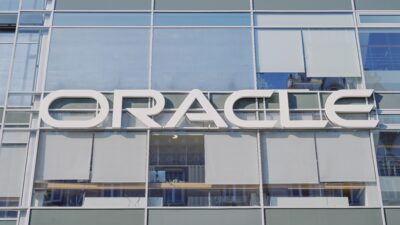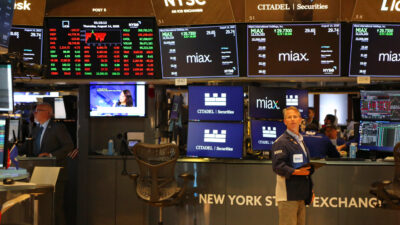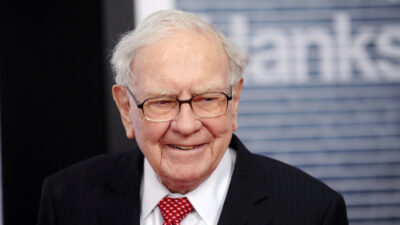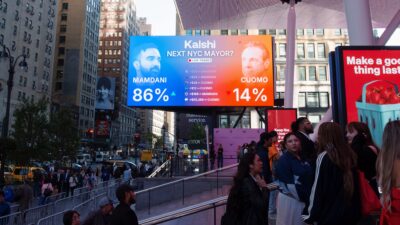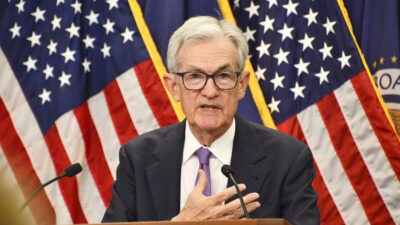Can the S&P 500 Sustain a #HotStockSummer?
On Tuesday, the S&P 500 closed down 0.3%, snapping a remarkable streak of six straight closing highs through Monday.
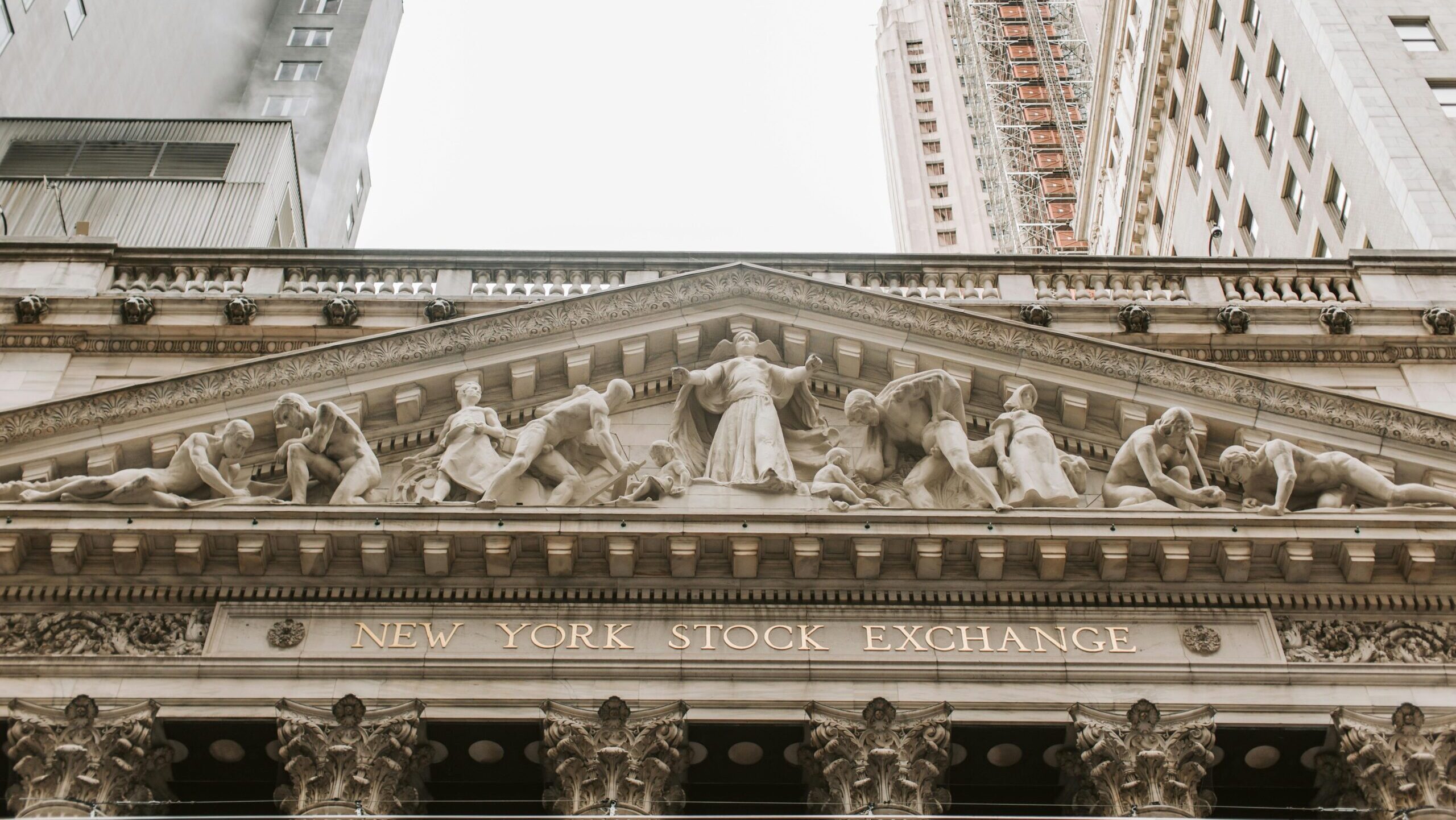
Sign up for smart news, insights, and analysis on the biggest financial stories of the day.
The stock market is starting to look a little like a double almond milk espresso: extra strong, with just a bit of froth on top. Or maybe a lot of froth, depending on your perspective.
On Tuesday, the S&P 500 closed down 0.3%, snapping a remarkable streak of six straight closing highs through Monday — an unmatched stretch since 2021. The index is up nearly 28% since sinking to a low on April 8, as Liberation Day tariffs sparked widespread fears that a recession would soon follow. Clearly, that hasn’t happened … yet, with summer bringing not just resilience, but exuberance, to the market. Has it been too much, though?
Retail Renaissance
First: the warning signs, of which there are many. Meme stocks are back in full force, as evidenced by recent share price surges among the likes of Kohl’s, Opendoor, and Krispy Kreme. Meanwhile, the so-called “Buffett indicator” is blinking red, with the ratio of the market cap of all US publicly traded companies to the total US gross domestic product recently notching an all-time high at 212%. Also concerning: Investors are valuing stocks in the S&P 500 at more than 3.3 times their current sales, per Bloomberg data, also an all-time high. In fact, “price to sales, price to cash flow, price to book, price to dividends, they’re all near record levels,” Rob Arnott, founder of asset management group Research Affiliates, recently told the Financial Times. For more signs of market euphoria, look no further than — where else? — Barclays’ “equity euphoria” indicator, which is about double its typical levels.
“You’re beginning to see, perhaps, some very early parallels to what you saw back with the internet boom in the late 90s, early 2000s,” Pimco Chief Investment Officer Dan Ivascyn told the FT.
Optimists, on the other hand, say today’s market can’t be compared to the dot-com-era market, or any pre-pandemic market, thanks to the unstoppable rise of the retail investor, a crowd that may no longer operate like a bunch of Johnny-come-latelys:
- In fact, according to a Barclays note recently seen by Reuters, retail investors have been the “primary” driver of the current rally, investing more than $50 billion into equities in the past month. In fact, retail investors now account for about 20% of total trading volume in the US, about twice as high as pre-pandemic levels.
- Noting a possible retail-led structural change to the market, Scott Rubner, the head of equity and equity derivatives strategy at Citadel Securities, recently wrote in a note to clients seen by Bloomberg that he expects solid performance on the S&P 500 through Labor Day. A recent Goldman Sachs note, meanwhile, highlighted how spikes in speculative trading actually precede abnormally high returns on a one-year horizon.
Data Dump: Still ahead this week is an absolute flood of possibly market-moving data. Today, the Fed will announce whether it’s slashing interest rates (Investors aren’t betting on it; CME’s FedWatch tool calculates a 97% chance of rates going unchanged). Today also brings the latest earnings report from Microsoft and Meta, followed by Apple and Amazon tomorrow, providing the Magnificent 7 another chance to dictate the market’s momentum. Friday will bring another crucial jobs report. Looming over everything: a possible trade deal with China. US and Chinese officials concluded their third round of negotiations Tuesday, with no agreement yet. The current trade truce is set to expire on August 12.


